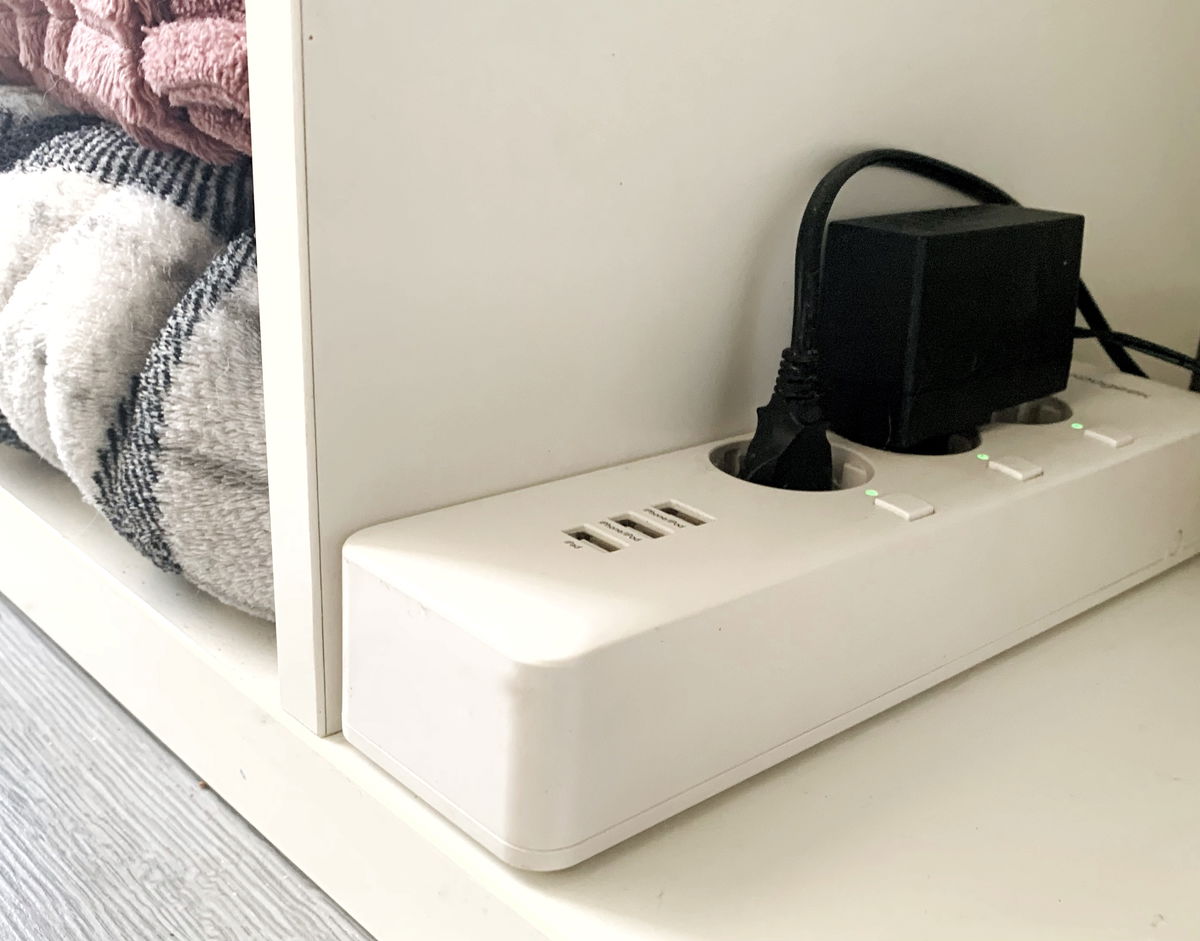This text was written by a TecMundo columnist; Learn more at the end.
In a science predominantly conducted by men, with the overwhelming majority of research using male participants, research in sport and exercise reveals a distinct “gender gap.” As the data shows, women are almost “invisible” in this scenario. But thanks to the work and inspiration of many, we are moving towards new scientific discoveries.
By reading the books and articles they publish, as well as the programs and podcast interviews they participate in, I had the opportunity to learn in depth about the incredible work that four female scientists are doing in the science of physical exercise.. They made a difference. Get inspired by their stories and learn practical tips for more exercise and health.
Scientists revolutionizing physical activity
Wendy Suzuki
This neuroscientist who focuses on memory research became interested in exercise science and its effects on the brain when she started exercising and noticed better fluency in her ideas with greater concentration and focused attention when writing a project. to gain funds.
His first motivation to exercise came while he was on a rafting holiday in Peru and realized he was the skinniest person on the trip. Looking back, he saw that his final years were entirely work-based and he devoted himself entirely to securing his place at the university. He was successful at work, but it cost him his health and social life.
Wendy started attending various classes at a gym and also had the motivation to lose an extra 11 kilos on the scale. “I felt a huge improvement in my mood and an injection of energy, and that’s what brought me back to the gym,” he said in his TED talk, which has nearly 10 million views. At this point, the researcher emphasizes the following: exercise is the most transformative thing we can do for the brain.
“He tells his story in detail in the book.”Healthy Brain, Happy Life”. Today, the first thing she does every day is exercise for 30 minutes in the morning to get ready for work. He maintains this habit on non-working days – even on weekends. HE above The biggest benefit she’s noticed from exercise is her mood. “As all neuroscience data suggests, the best time to exercise is right before you need to use your brain most.”Suzuki said in a podcast.
Suzuki recommends a light start: Start by walking because “(almost) anyone can walk and doesn’t need to buy anything to do it. You can then move on to a faster and stronger walk.
Jennifer Heisz
This neuroscientist who leads the NeuroFit Lab McMaster UniversityIn Canada he devotes a chapter of his beautiful book “Move the body, heal the mind(Move the Body, Heal the Mind) to address what he calls the million-dollar question: Why is it so hard to exercise? In part, he suggests, the brain is responsible for searching for a happy homeostatic place, the body’s comfort zone.
The focus of her work was exercise and mental health, and when asked what she found most fascinating about this relationship, Jennifer Heisz emphasized: Exercise at the same level as medications used to treat mental health disorders. He states that the evidence supporting the relationship between exercise and mental health is strong, all that remains is to fully understand its mechanisms. He’s working to figure this out, and in a recent paper he highlighted the role of lactate in brain health.
What was previously considered a harmful substance is now understood to be a signaling molecule that travels from the muscles through the bloodstream to the brain, where it can cross the blood-brain barrier. In the brain, lactate can activate the expression of BNDF in the hippocampus, an important growth factor for neurons. In fact, there is a connection between muscles and the brain.
In your physical exercise recommendations, Jennifer Heisz believes ‘slow and steady’ approach is best advice.
It is very important to find your intensity during this process, and this is very personal because we differ in our tolerance for the physiological stress involved in exercise.
Another practical suggestion from the scientist is music as a pre-workout strategy, as it can stimulate the brain’s reward system and initiate a pleasant association with movement.
Kelly McGonigal
For Kelly McGonigal, a psychologist at Stanford, movement is a way to use your body to connect with life. In a podcast interview, McGonigal emphasizes that “looking at data from studies across every age group, every health status, gender, or socioeconomic level, people who are more physically active are happier, have better relationships, and have more meaning in life.”
in his bookJoy of Movement” (Joy of movement), the researcher noted that “many people They say they don’t like exercise at all, but I bet they’re not exempt from its rewards. “It’s possible they weren’t exposed to the dose, type, or community that turned them into people who exercise.”

Here are some practical tips, especially for those who are slumped on the sofa and want to get out for a workout: Choose a song you like. It doesn’t actually matter what kind of movement you’re doing, it’s more likely that you’re doing something while the song is playing. He also believes in the benefits of exercising outdoors in contact with nature..
“Exercise is the best reset you can do for yourself,” says Kelly McGonigal, but cautions: “It can sometimes take up to six weeks for your brain to reward you for the action you take through exercise.” During this time, one of the ways suggested by the author is positive uncoupling; This basically consists of being distracted while exercising, but not by social media or news on TV, but by music or something interesting.
Katy Milkman
The strategy described above worked for Katherine Milkman, but in a conditional way: While she exercised, she consumed only what she called crude entertainment, such as watching TV series, reading novels, or engaging on social media. He called this method seduction grouping.
It serves to confront two types of self-control problems, one positive and the other negative. It is an approach that aims to combine and group two behaviors at once.. Before explaining and recommending the strategy that worked for him, the economist researcher tested the strategy based on research and confirmed its effectiveness.
Katy Milkman is a professor at the Wharton School of the University of Pennsylvania. In his book “How to Change,” which he describes as the greatest discovery of his career, he developed a study with Google employees who were able to go to the company gym and work out with a fixed routine (at a predetermined time). a flexible one.
The surprising result showed that those with a more flexible routine went to the gym more than those with a fixed routine. This shows us that sometimes creating inflexible routines can be detrimental to habit formation..
Researchers have a beautiful trajectory, marked by efforts to disseminate discoveries and results beyond the walls of the Universities where they work. An admirable and necessary work.
***
Fábio Dominski He holds a PhD in Human Movement Sciences and a degree in Physical Education from Santa Catarina State University (UDESC). He is a university professor and researcher at the Laboratory of Sport and Exercise Psychology (LAPE/UDESC). he is doing scientific dissemination on social media there podcast available on Spotify. Author of Physical Exercise and Science – Facts and Myths.
Source: Tec Mundo
I’m Blaine Morgan, an experienced journalist and writer with over 8 years of experience in the tech industry. My expertise lies in writing about technology news and trends, covering everything from cutting-edge gadgets to emerging software developments. I’ve written for several leading publications including Gadget Onus where I am an author.













